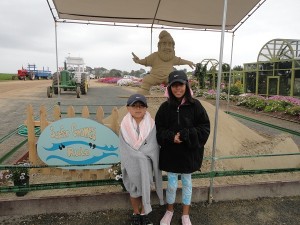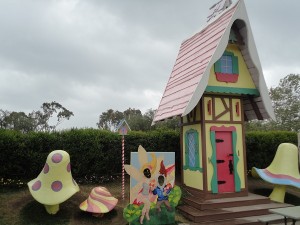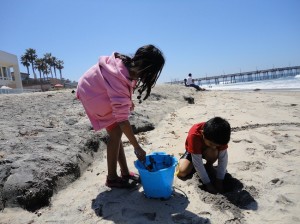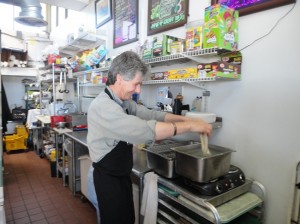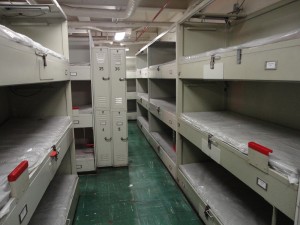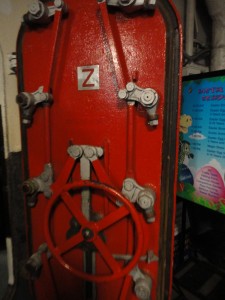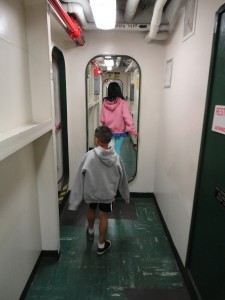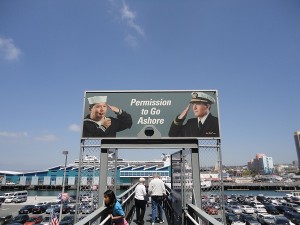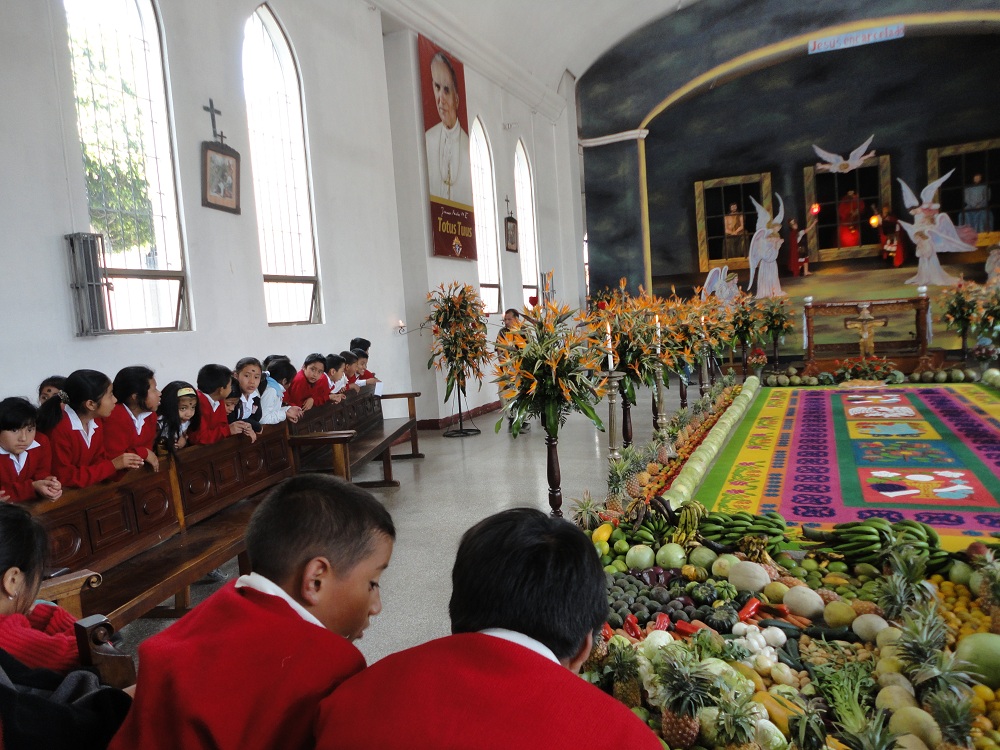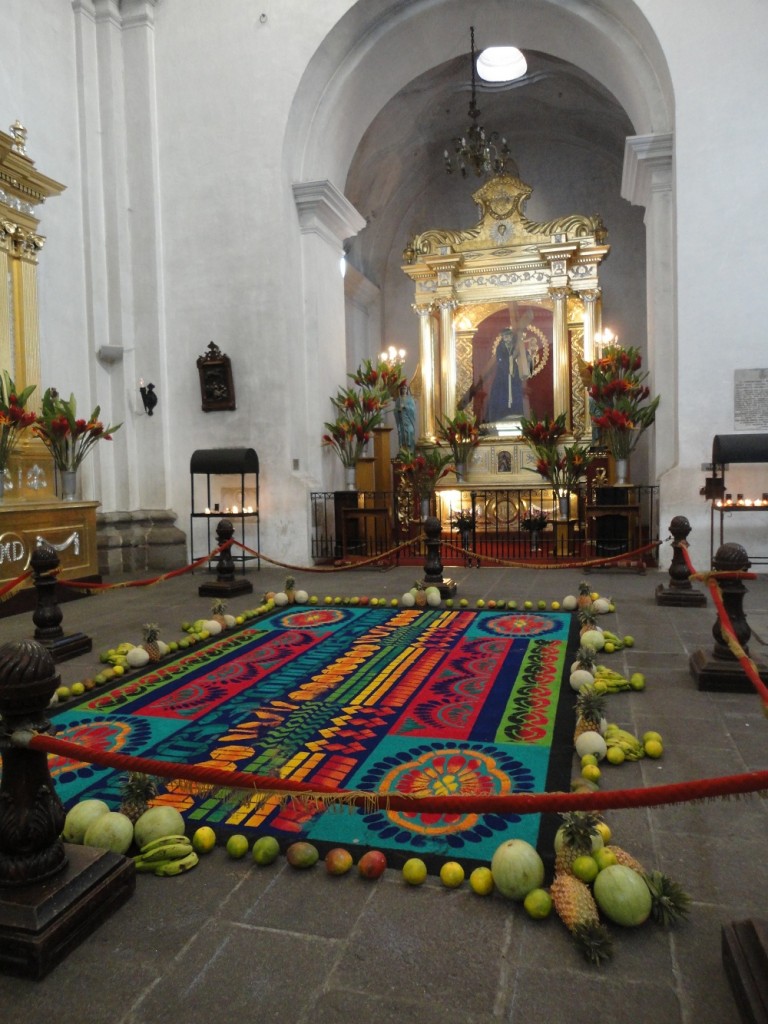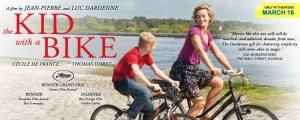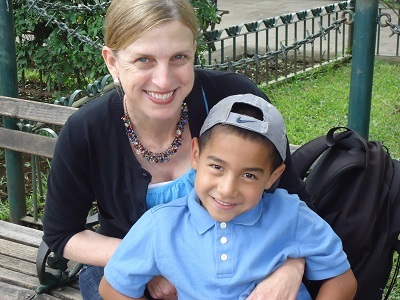
This weekend, Mateo and I will travel to Tulsa, Oklahoma, where I’m speaking at Dillon International’s Guatemala Heritage Weekend. I’m honored because Dillon is one of the nation’s oldest, most established adoption agencies, whose stated mission is “providing the best lifetime of care for each homeless child we are privileged to serve.” Mateo is thrilled, too, because he will get to play with friends he met last summer at MOGUATE, a confab of families with children born in Guatemala which was founded by the amazing Cindy Swatek (below left), and held annually in Lake of the Ozarks, Missouri.

In fact, it was another mother from Moguate, Susan Carter (below, far right), who recommended me to the folks at Dillon. (Susan managed the mercardo at Moguate, where, I confess, I undoubtedly numbered among her best customers.) So, as you can see, the world of adoption from Guatemala is small, and every day, gets smaller. 
Which I view as a great thing!
Example: In February, my sister, Patrice; Olivia, and I made our annual trek to Guatemala to visit with Olivia’s birth family and experience her beautiful birth country. We’ve done this for the past several years–read a few accounts here and here and here— and each year the trip has been special in its own unique way.
Unique about this trip is that for the first time ever, we met up with two other adoptive families, whom I had met in Boston during my Mamalita book tour. Sharing the experience with the other families–Carly, Christina, and their husbands and kids–made our usual wonderful experience even more so. The kids bonded instantly, and we grown-ups did, too.
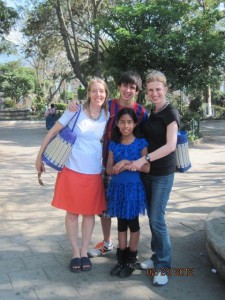

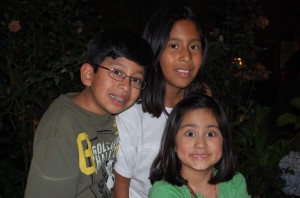

I cherish my connections formed through adoption, not only to my children’s birth country and their birth mothers and siblings, but to other adoptive families, too. E.M. Forster once famously said, “Only connect.” If you’ve connected with me in any way through adoption, please know how grateful I am for your friendship. Wherever you live, I hope you’ve also found a community.
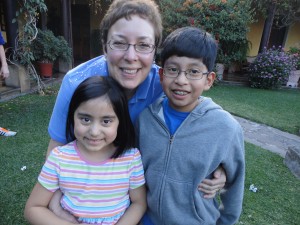
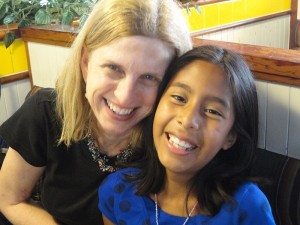
See you in Tulsa!~


 ShareThis
ShareThis



 ShareThis
ShareThis
